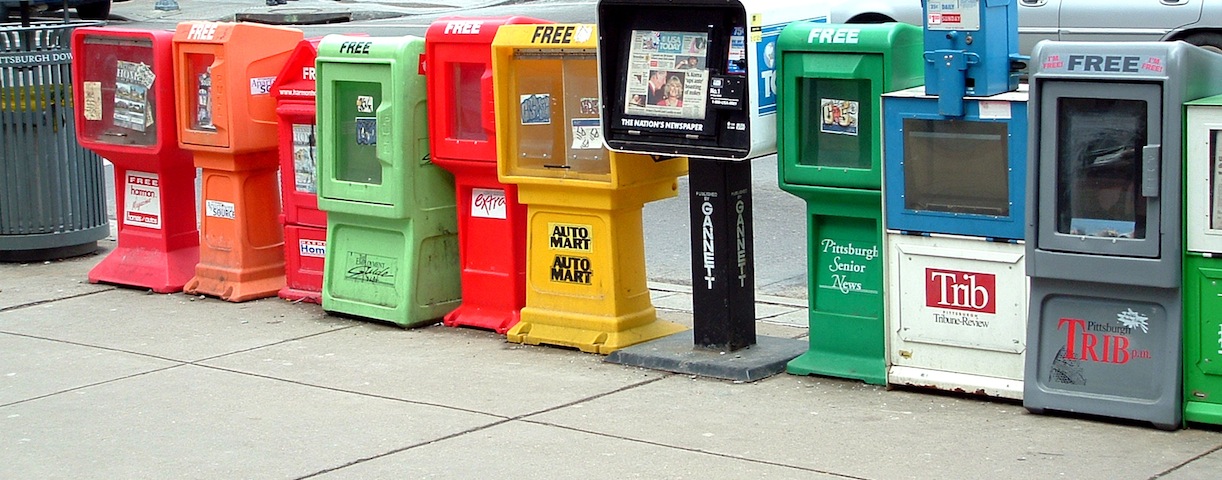Just how hard is it to hide from big data? ABC Newcastle’s Carol Duncan and I will be discussing this from 2.40 this afternoon.
Princeton University assistant professor of sociology Janet Vertesi decided she’d find out by trying to conceal her pregnancy from the internet.
She describes her experiences to Think Progress and the lessons are startling on how difficult it is to drop off the Internet and business databases.
While it’s easy to tritely say ‘don’t use the internet’, Janet found that using cash to avoid being picked up by bank databases raises suspicions while not using discount voucher or store cards meant she missed out on valuable savings.
For many people though dropping off the internet is not an option – not having a LinkedIn profile hurts most job hunters’ chances of finding work while if you want to participate in communities, it’s often essential to join the group’s Facebook page.
The amazing part of all is that Janet herself became a Google conscientious objector two years ago after deciding the company’s data collection methods were too intrusive. Yet she still found it hard to keep the news of her baby off the internet.
Ultimately her friends were the greatest risk and she had to beg them not to mention her pregnancy on Facebook and other social media channels lest the algorithms pick that up.
For Janet, it proved possible but it was really hard work;
Experience has shown that it is possible, but it’s really not easy, and it comes with a lot of sacrifices. And it requires some technical skill. So to that end, it’s my concern about the opt-out idea. I don’t actually think it’s feasible for everyone to do this.
So can you drop off the net? Do you know if you’re on it at all. Join us on ABC Newcastle with Carol Duncan from 2.40 to discuss these issues and more.
Filing cabinet image by ralev_com through SXC.HU




